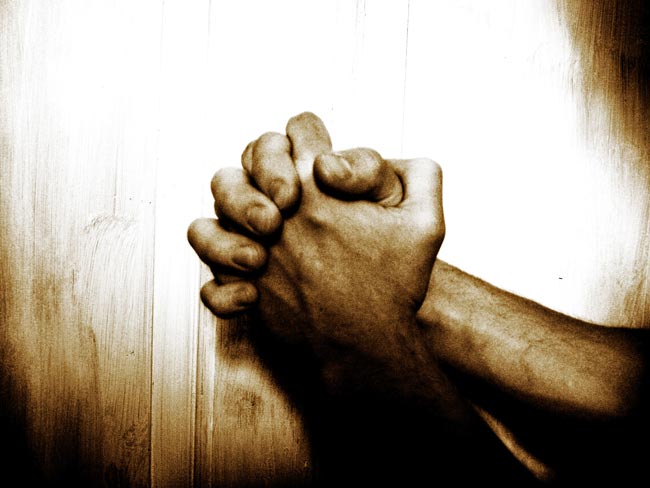Working-Class Americans Retreating from Church

Despite stereotypes to the contrary, Americans with only a high school diploma are dropping out of church faster than their more-educated counterparts.
In the 1970s, a new study finds, half of white Americans with a high school education attended church at least monthly. Now only 37 percent do. In contrast, 46 percent of highly educated white Americans attend church, only a 5 percent drop from the 1970s.
"There is a retreat from religion in what you'd call middle America, or working-class America," said study researcher W. Bradford Wilcox, a University of Virginia sociologist. Wilcox presented the work Sunday (Aug. 21) at the annual meeting of the American Sociological Association in Las Vegas.
Religion gap
"Moderately educated" whites make up 60 percent of the adult white population in the United States, but little research has been done on this high-school educated population outside the realm of employment. Wilcox, who directs the National Marriage Project, a research group dedicated to the study and strengthening of marriage, had previously found that working-class Americans are now less likely to be steadily employed and married than previous generations.
"What we look at in this study is the way in which changes in employment, changes in marriage and changes in cultural attitudes are all acting together to make religion less relevant in the lives of middle Americans," Wilcox told LiveScience.
He and his colleagues analyzed nationally representative survey data from 25- to 44-year-olds taken from 1972 to 2010, including data from another series of surveys of women ages 15 to 44. In all, more than 25,000 individuals answered questions in the surveys.
Sign up for the Live Science daily newsletter now
Get the world’s most fascinating discoveries delivered straight to your inbox.
In the 1980s, the researchers found, there was little difference in religious participation between high school- and college-educated whites. But by the 2000s, a gap appeared. Today, 46 percent of college-educated whites go to a church, synagogue or equivalent institution at least once a month, compared with 37 percent of high school-educated whites.
Whites without a high school diploma were the least likely to attend church in the 1970s and remain so today. In the 1970s, 38 percent attended church at least monthly. Today, only 23 percent do. (Blacks and Hispanics do not show the same declines.)
Church, marriage and unemployment
The findings reveal a 13 to 15 percent drop in church attendance among those who did not finish high school or college, compared with only a 5 percent decline in those with a college degree, over the period studied.
The decline in church attendance among the non-college-educated matches a decline in stable work opportunities and in marriage among the working class, Wilcox said. All three factors interact with one another: Churchgoers are more likely to get married in the first place. Less stable employment might mean you don't make the leap into marriage, and the unmarried are less likely to attend church. Lack of a steady job might also cause people to shy away from a church community, Wilcox said.
"This instability they're feeling in the work force spills over into their family lives and into their ability to plug into religious communities," he said.
Whether the retreat from religion is a good or bad thing depends on your opinion about religion, Wilcox said. He's concerned, however.
"Religious institutions have often been sources of support and solidarity for working-class Americans," he said. "I think it does spell yet more trouble for this portion of the population."
You can follow LiveScience senior writer Stephanie Pappas on Twitter @sipappas. Follow LiveScience for the latest in science news and discoveries on Twitter @livescience and on Facebook.

Stephanie Pappas is a contributing writer for Live Science, covering topics ranging from geoscience to archaeology to the human brain and behavior. She was previously a senior writer for Live Science but is now a freelancer based in Denver, Colorado, and regularly contributes to Scientific American and The Monitor, the monthly magazine of the American Psychological Association. Stephanie received a bachelor's degree in psychology from the University of South Carolina and a graduate certificate in science communication from the University of California, Santa Cruz.










